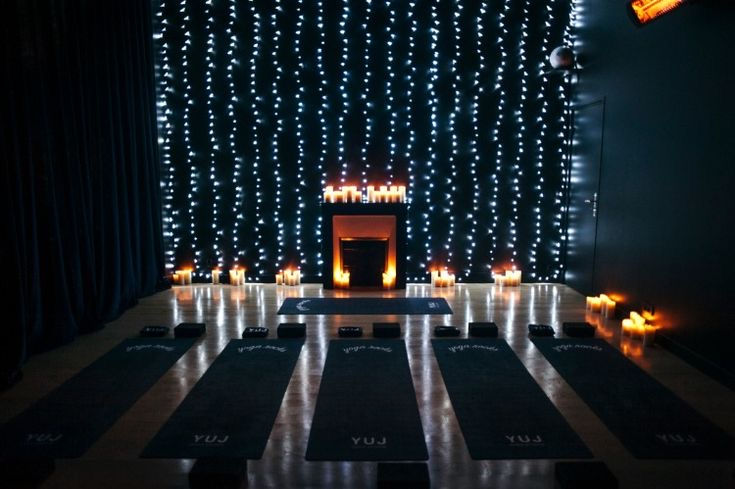I Just Want To Be Normal
- Rosie Lux
- May 1, 2017
- 3 min read
Injuries can largely be put down to Range of Motion (ROM) of the joints: lack of mobility, or hyper mobility
First we need to understand that the skeleton is in fact suspended in muscles, tissues and fascia. Rather than the skeleton being a rigid structure that muscles attach to. We’re moving towards festival season, think about assembling your tent; you need just the right amount of tension in your canvas to hold the poles or frame in place. Too much slack and it all falls over with a gust of wind, too rigid and the fabric snags, or tears. It’s the same in the body; we need the right amount of tension/ length in the muscles so we can remain upright in alignment.
Imagine after a few months of patient yoga practice, you reach nirvana; you can touch your toes! You’ve successfully lengthened your hamstrings and posterior chain enough to achieve a decent forward fold. Oh but what about your quadriceps? The muscles on the front of the thighs, which form part of the anterior chain. You’ve neglected these of course, and in so doing; paired your long hamstrings with short quads, and find yourself in an anterior pelvic tilt (your butt sticks out). Your hamstrings may have lengthened out of a normal ROM and to try and keep your skeleton scaffolding upright, your quads have shorted and may now be causing a restriction to your ROM.
The answer isn’t to roll up your mat for good; it’s to take responsibility for the long term health of your joints. You can’t lengthen every muscle, they work in pairs or groups, so by focusing solely on (in this example) the hamstring length, you’re shortening their partner the quads.
None of us enjoy or benefit from emotional instability, so why would we treat the body any differently and expose it to muscular, skeletal instability?
So, have an honest think about your day to day activities; if you’re a professional dancer, gymnast or body contortionist, then of course find the end point of your flexibility then push a little further beyond that.

If however; you spend a lot of time sat at a desk, or you’re an athlete, or you’re an ‘average’ person who enjoys being active but isn’t devoted to any specific sport; don’t push or force, don’t lock joints, over stretch some muscles and neglect others. Normal ROM is the true nirvana; it’s that combination of stability and flexibility and it’s pain free movement.
Finding Normal:
Standing Postures: Don’t lock the knee! The knee naturally locks as we walk, so you don’t need to practice this in Yoga. Also, what we think is ‘locking the knee’ is a hyper extension of the ligaments in the knee.
Downward facing dog, upward facing dog and plank pose: Check your elbow creases are facing each other and keep some softness in your elbows
Back bends: Share the load among the vertebra, don’t dump or compress into the lower back, explore some movement in the thoracic spine.
As a Yoga teacher I can’t bear the responsibility of taking people beyond their normal ROM, so my teaching style reflects this.
Who wants to join me and enjoy being normal and stable?
Rosie Iles-Jonas teaches public and private yoga classes in Hove and is the Yoga teacher for Brighton and Hove Albion FC.




Comments